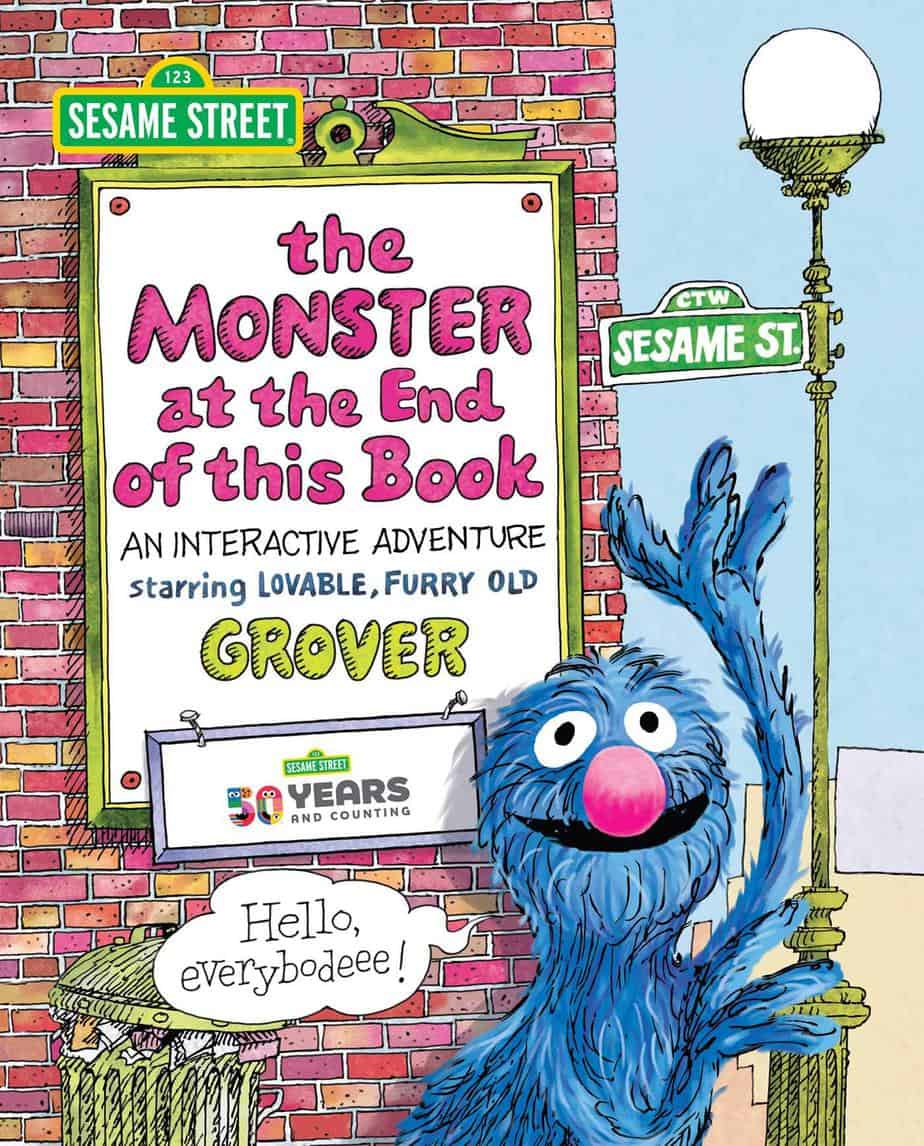-
Blueberries For Sal by Robert McCloskey (1948)
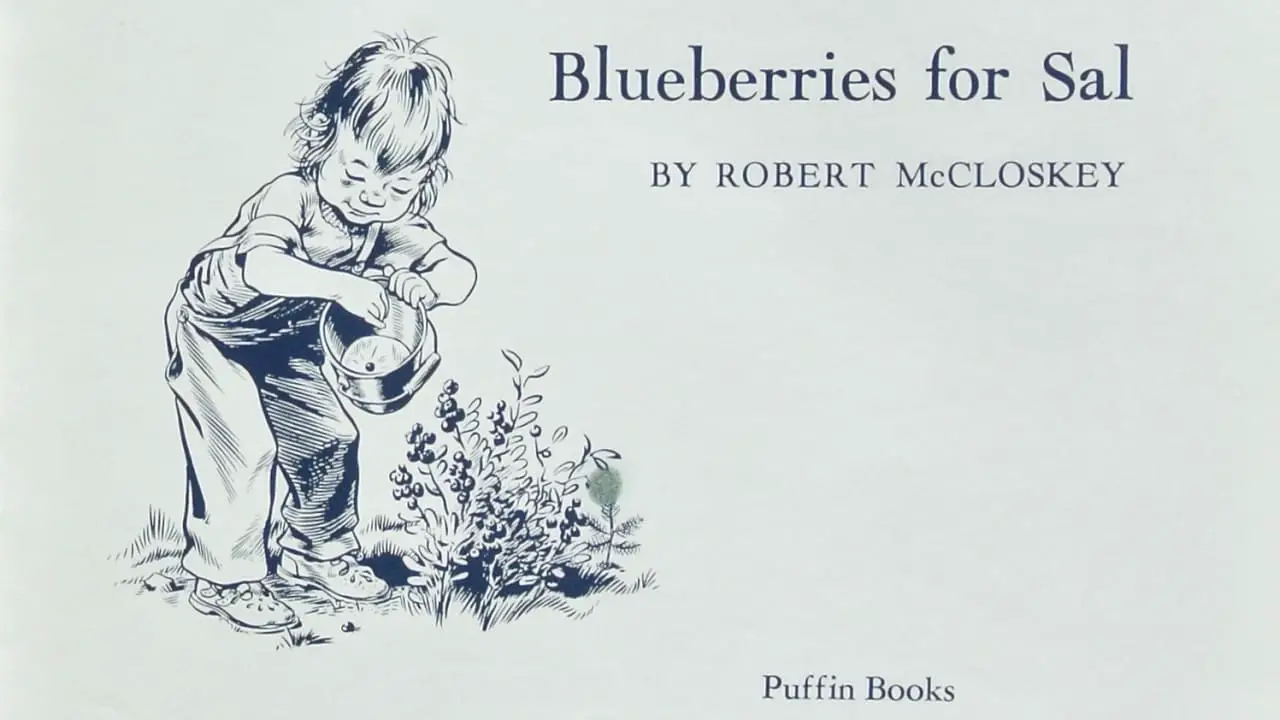
Blueberries For Sal (1948) is a picture book written and illustrated by Robert McCloskey, also well-known for Make Way For Ducklings. Both stories are thrillers for the preschool set, especially this one. In fact, I’m about to try and convince you that Blueberries For Sal is the inspiration behind Cormac McCarthy’s No Country For Old…
-
Avocado Baby by John Burningham (1982) Analysis
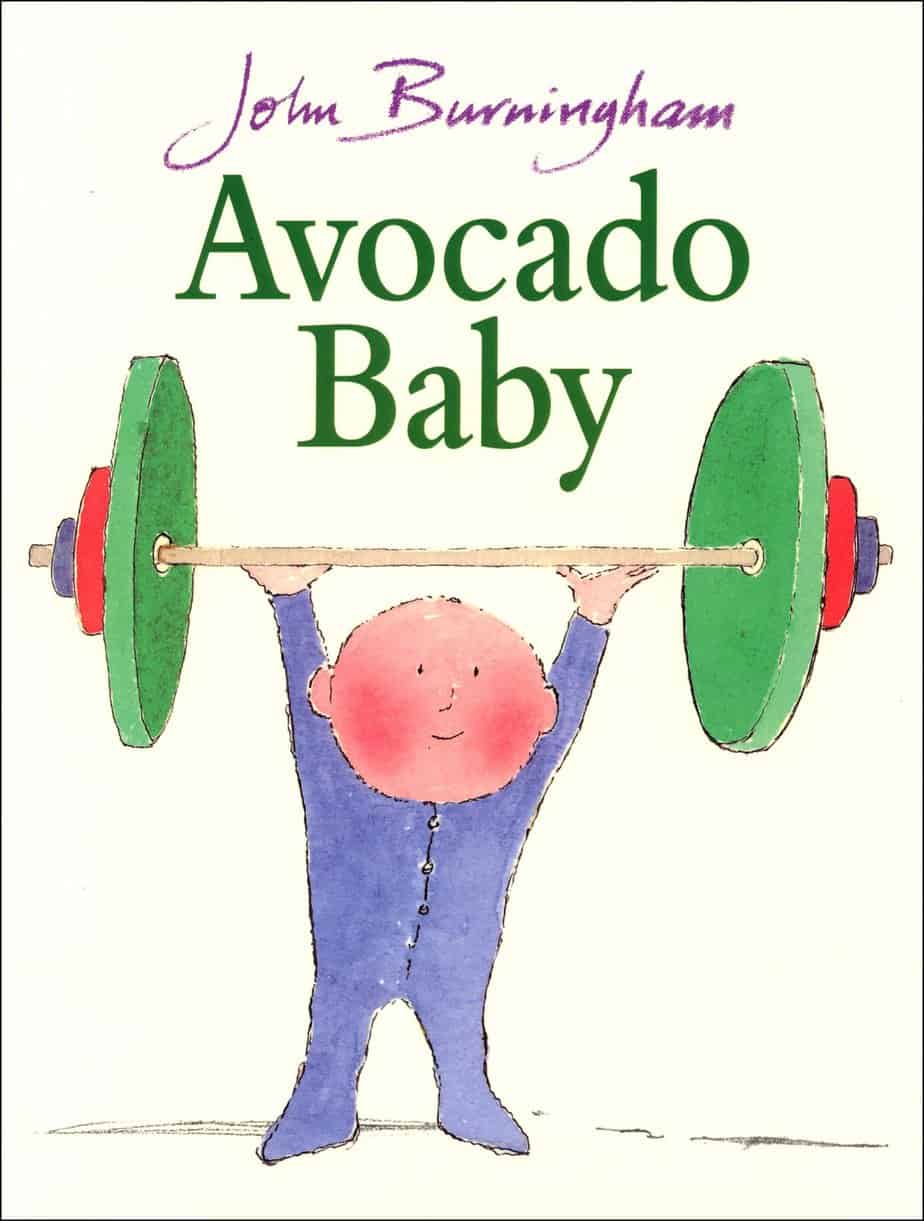
Avocado Baby (1982) is a picture book written and illustrated by John Burningham. This was my first introduction to John Burningham. Our teacher read it in class. I was about six.
-
The Veldt by Ray Bradbury Short Story Analysis
The Veldt (1950) is one of the more famous short stories by American author Ray Bradbury. As I’ve seen it described: “The one where the techno wallpaper eats the parents.”
-
How To Make Friends With A Ghost by Rebecca Green Picture Book Analysis
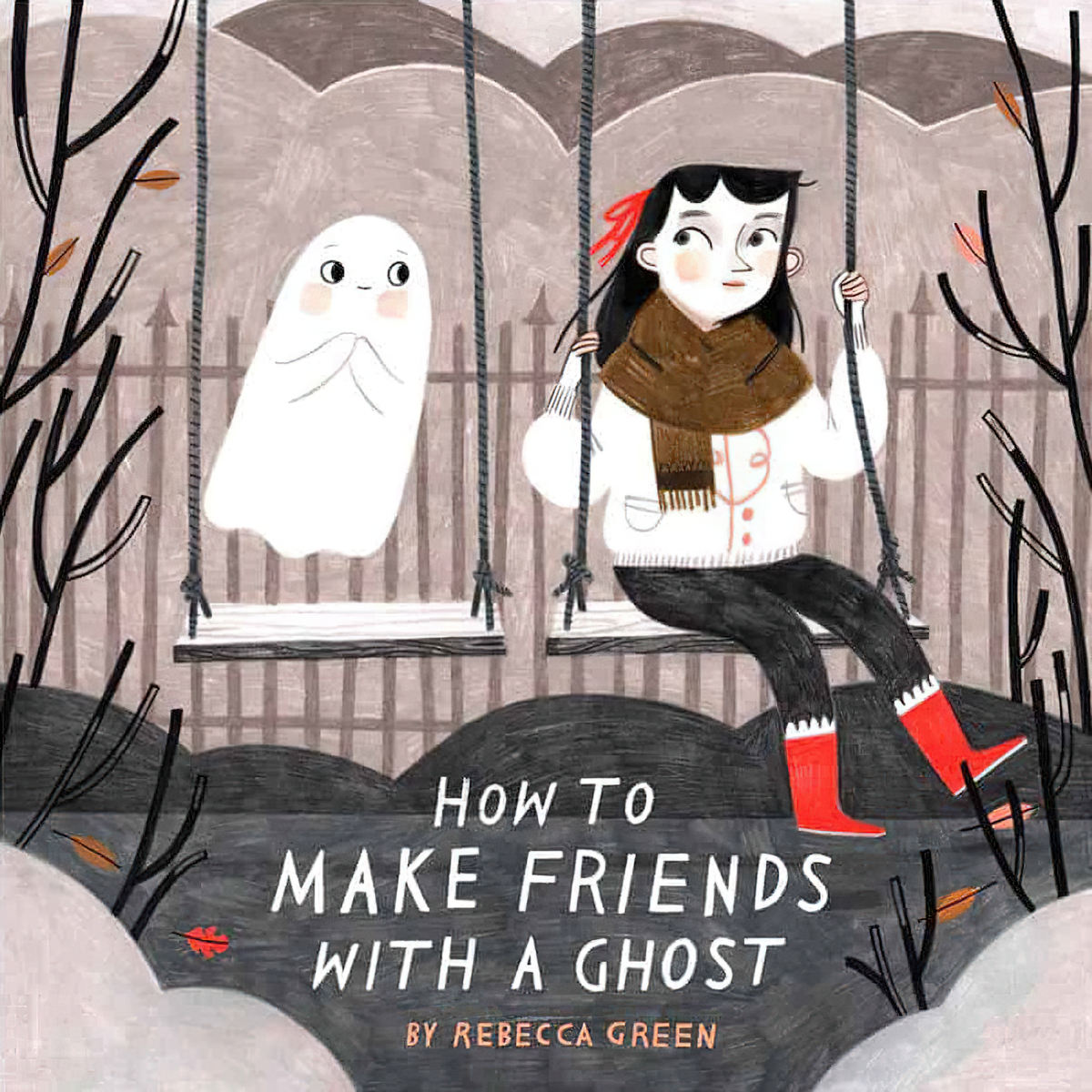
How To Make Friends With A Ghost is a 2017 picture book written and illustrated by Rebecca Green. This cosy supernatural story is written as a non-fictional how-to guide and because this book deals with supernatural subject matter, covertly teaches how to be a good friend.
-
Hildilid’s Night by Durán Ryan and Lobel Analysis
Hildilid’s Night is a 1971 picture book written by Cheli Durán Ryan, illustrated by Arnold Lobel. The illustrations are notable for being rendered entirely in black and white until the sun comes up at the end. This story feels like it’s based on an ancient myth.
-
Frog Goes to Dinner by Mercer Mayer 1974 Analysis
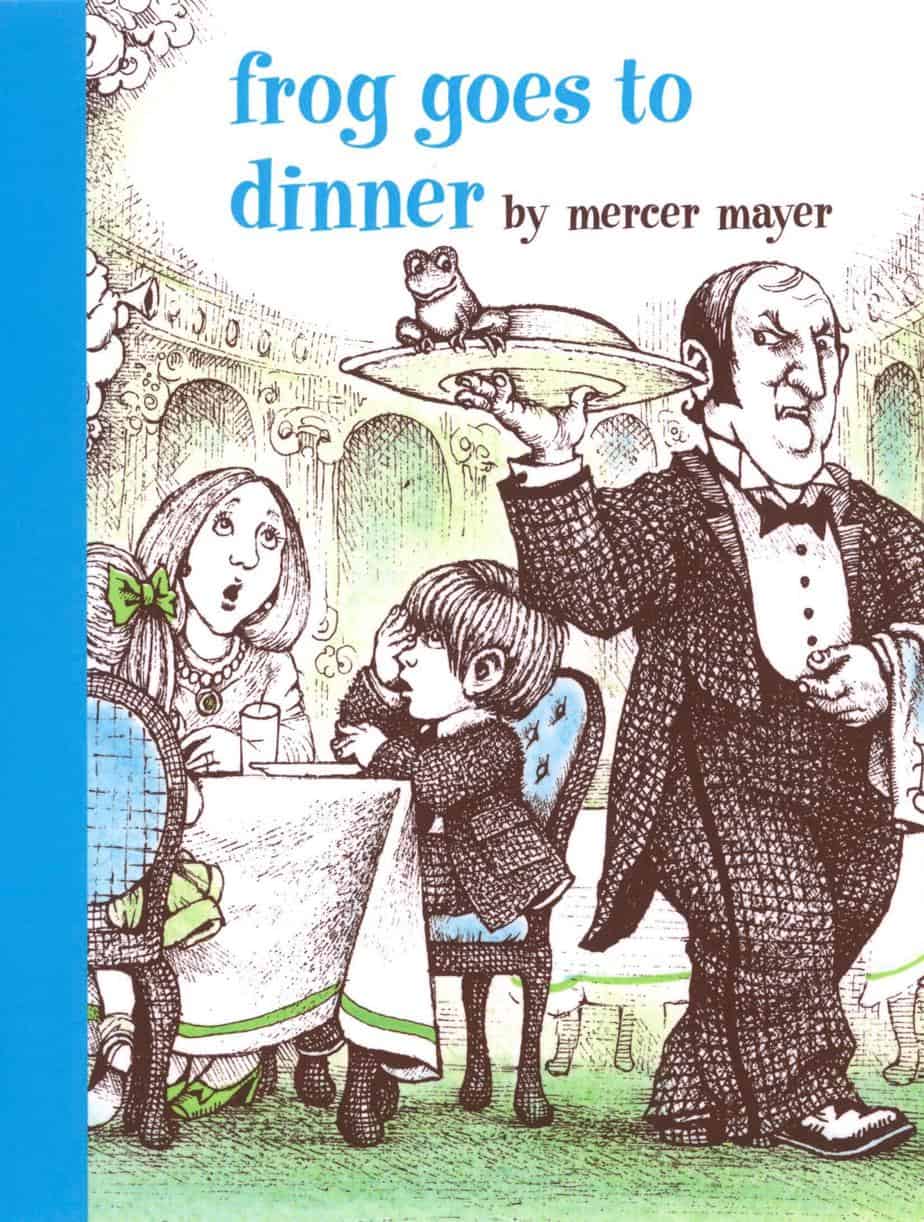
Frog Goes To Dinner (1974) is a wordless carnivalesque picture book by American author/illustrator Mercer Mayer, and the fifth in a series about a boy and his beloved frog. Wordless picture books are perhaps the most emotionally affecting, because they work with us at a deeper level. Frog Goes To Dinner works on an emotional…
-
The Art Of Nightmares
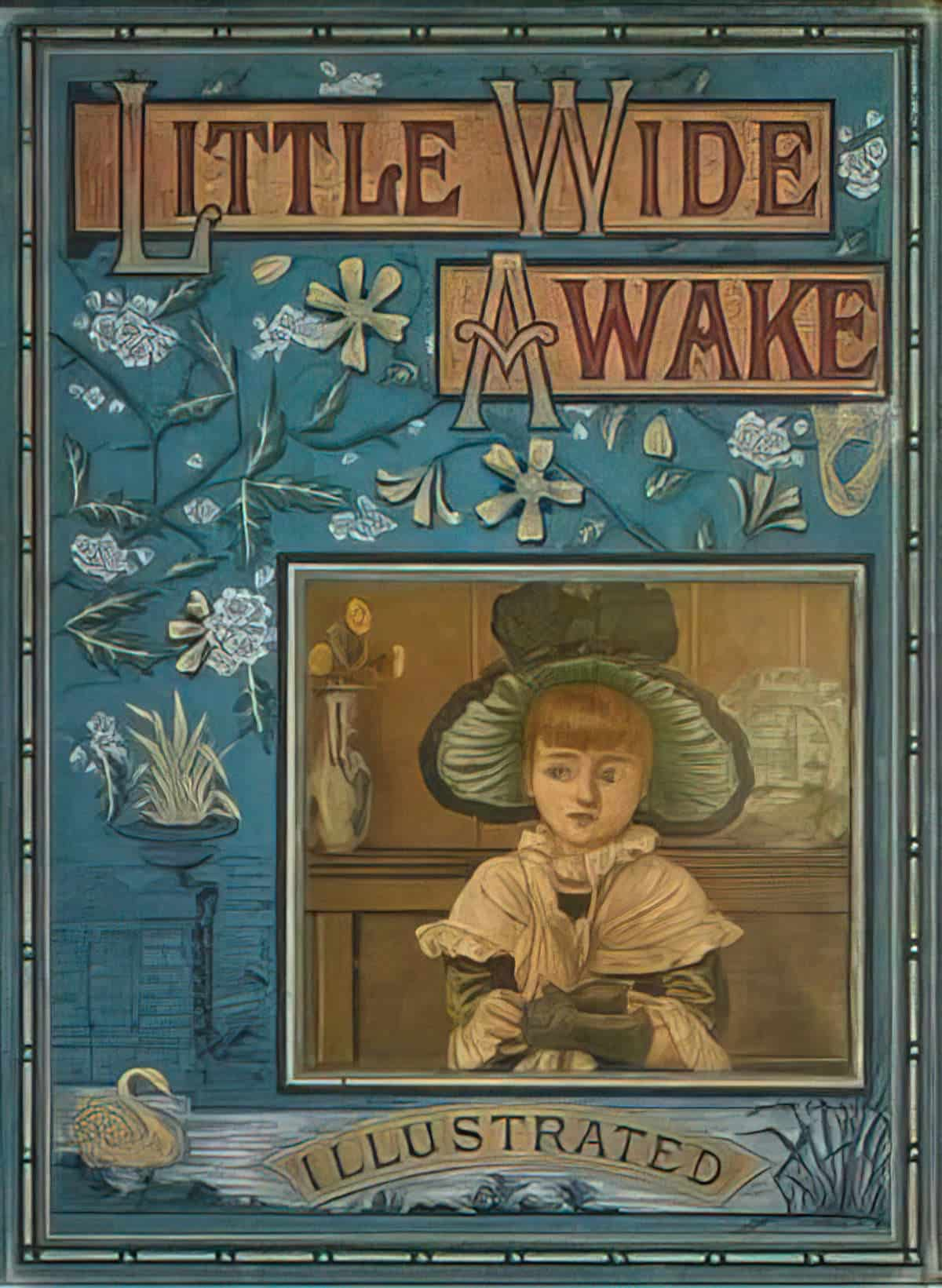
Some dreams, some poems, some musical phrases, some pictures, wake feelings such as one never had before, new in colour and form—spiritual sensations, as it were, hitherto unproved… Lilith | George MacDonald How does an artist offer the viewer a sense of nightmare? Desaturation Over all, 12 percent of people dream entirely in black and white. … In…
-
The Treatment of Curiosity Across Storytelling
Are we supposed to be curious, or aren’t we? From reading stories, I just can’t make up my mind.
-
How Photography Changed Picturebooks
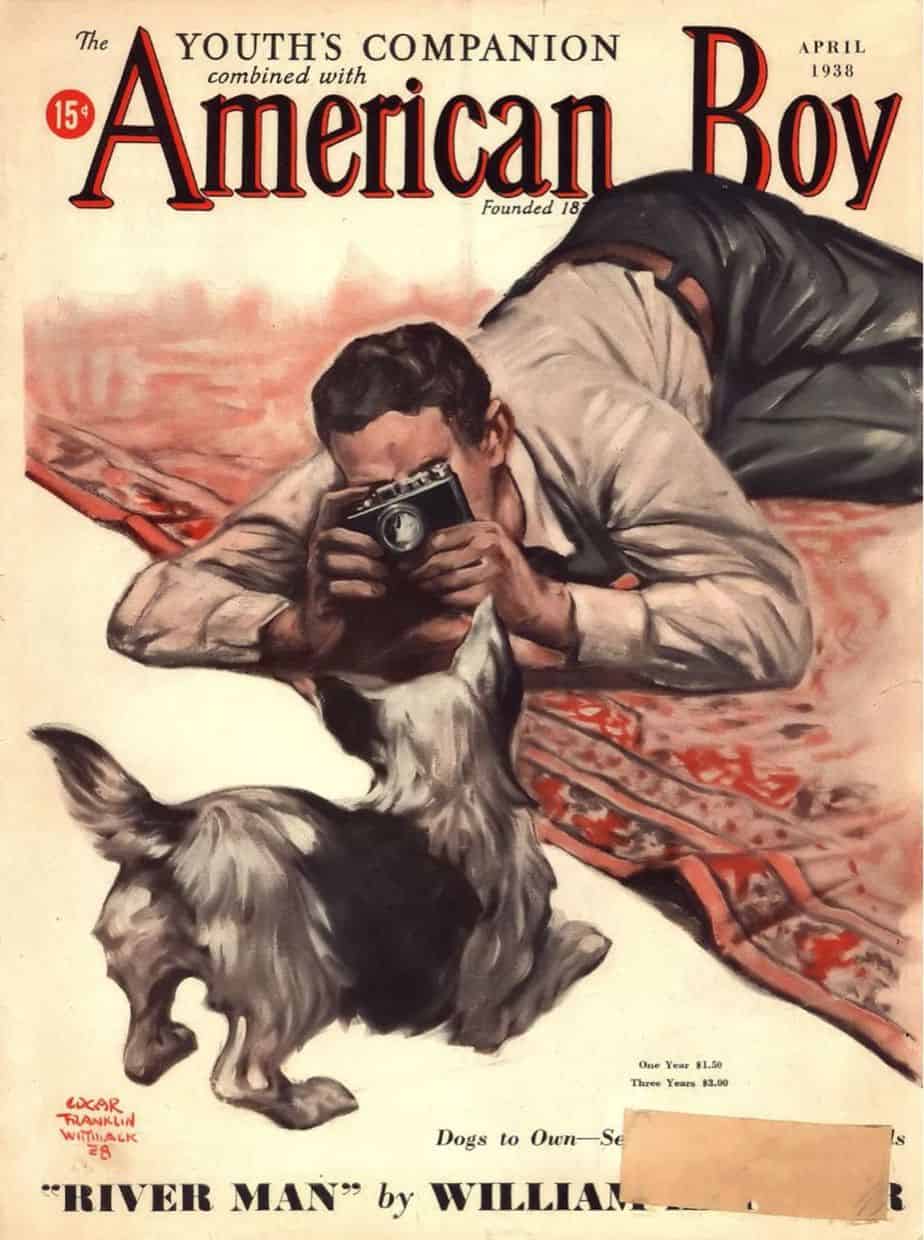
The first commercial camera is thought to be the daguerreotype, which changed art forever starting in 1839. To generalise, the function of painting changed after that. Before the camera, artists functioned as photographers do today; the skill of authentic reproduction was highly valued because there was no other way of recording something than to paint…
-
Creating A Fairytale World
To a modern audience, what makes a setting feel ‘fairytale’? What is it about the tone, style and plot? I argue here that what makes a fairytale setting feel ‘fairytale’ is mostly the ‘fairytale logic’. Just as we know, almost intuitively, that a particular narrative is a fairy tale when we read it, it seems…
-
Childhood Horror: Why are kid things so scary?
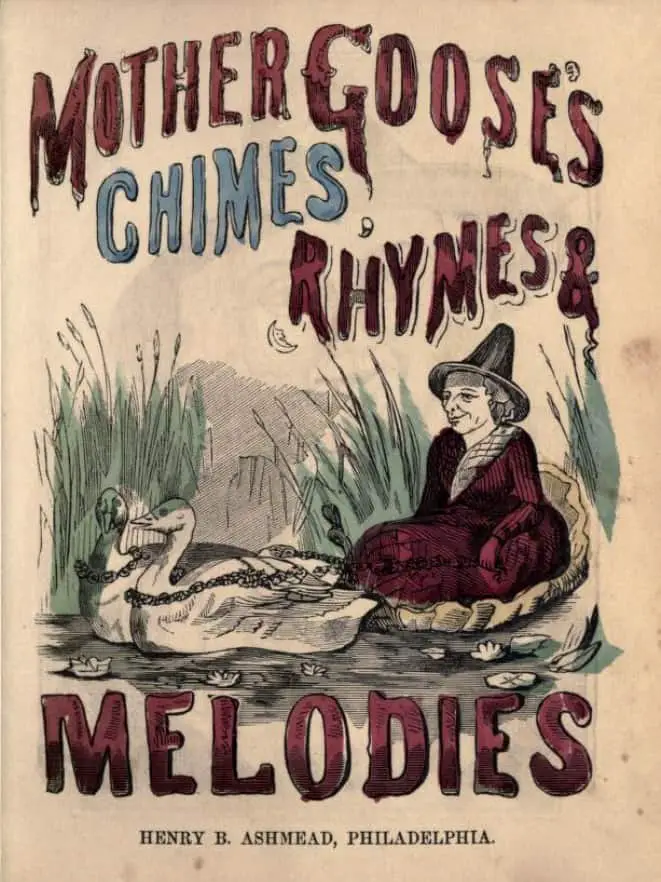
Here’s the thing about horror: It can so easily turn into accidental comedy. Watch the original 1960s Twilight Zone series and what was once genuinely scary now offers a family-night laugh. An inverse is also true: What we once considered fun, innocent, cosy and child-friendly will morph over time into something sinister. In the second…
-
Wheel On The Chimney by Wise Brown and Gergely 1954
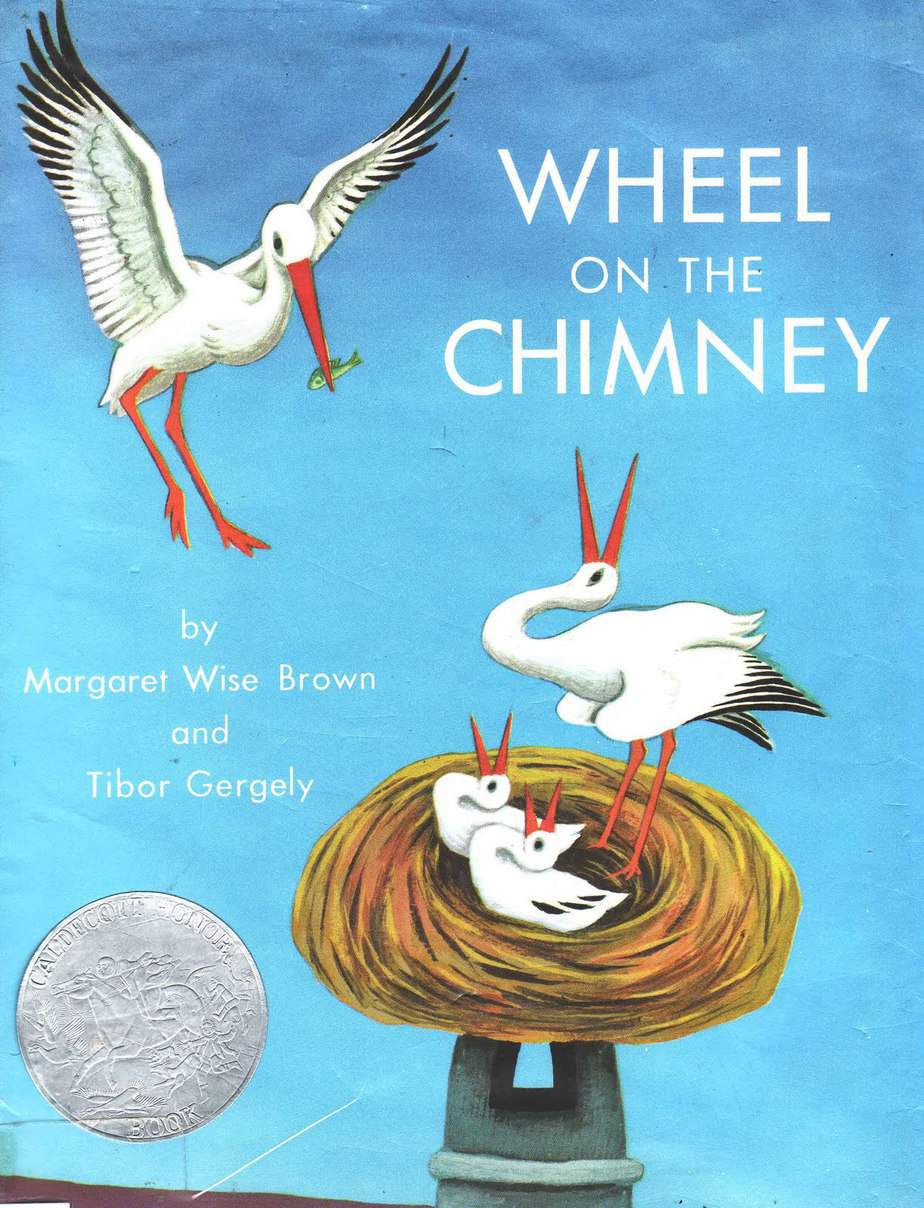
Wheel On The Chimney is a calm, bird-focused storified description of an old custom observed throughout various parts of Southern Europe.
-
The Storybook Jungle
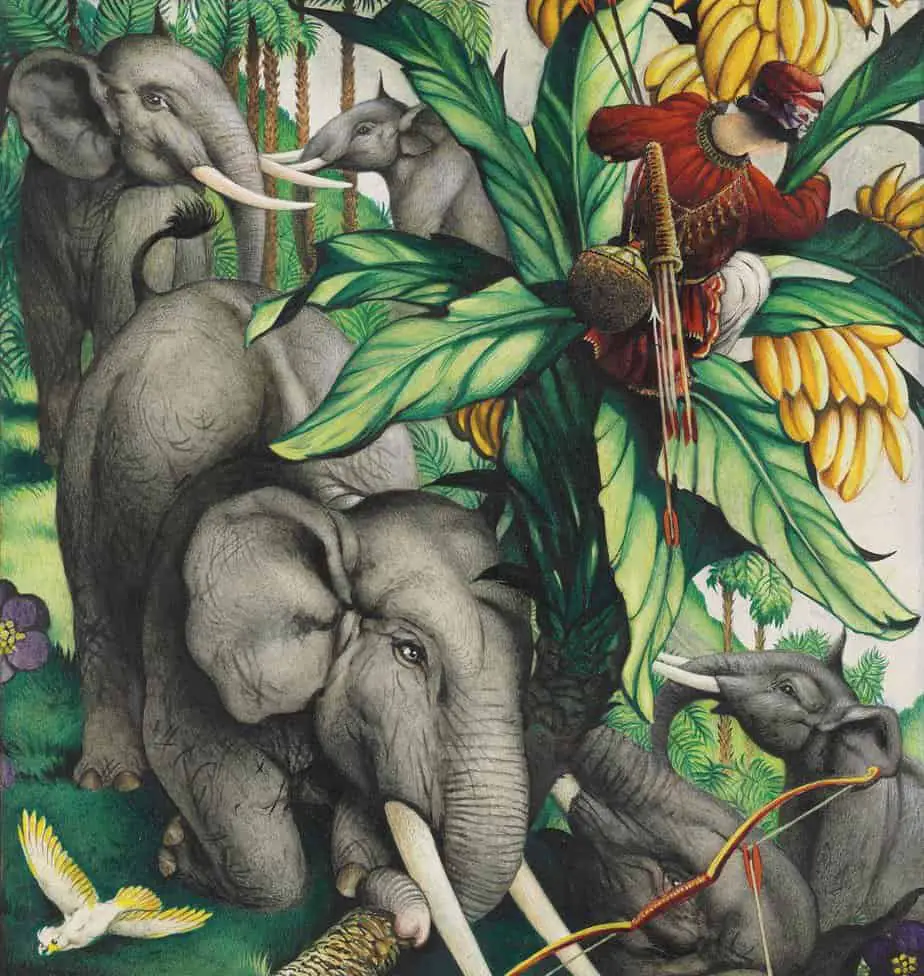
To invading germs, you are a jungle full of hungry tigers. To your gut bacteria, you are a warm orchard of perpetual bounty. To your eyelash mites, you are a walking fortress and a mountaintop pasture. How many generations have you hosted? What do they name the wilderness of you? “Host” by @cryptonature, in his…
-
Anatole by Eve Titus & Paul Galdone (1956)
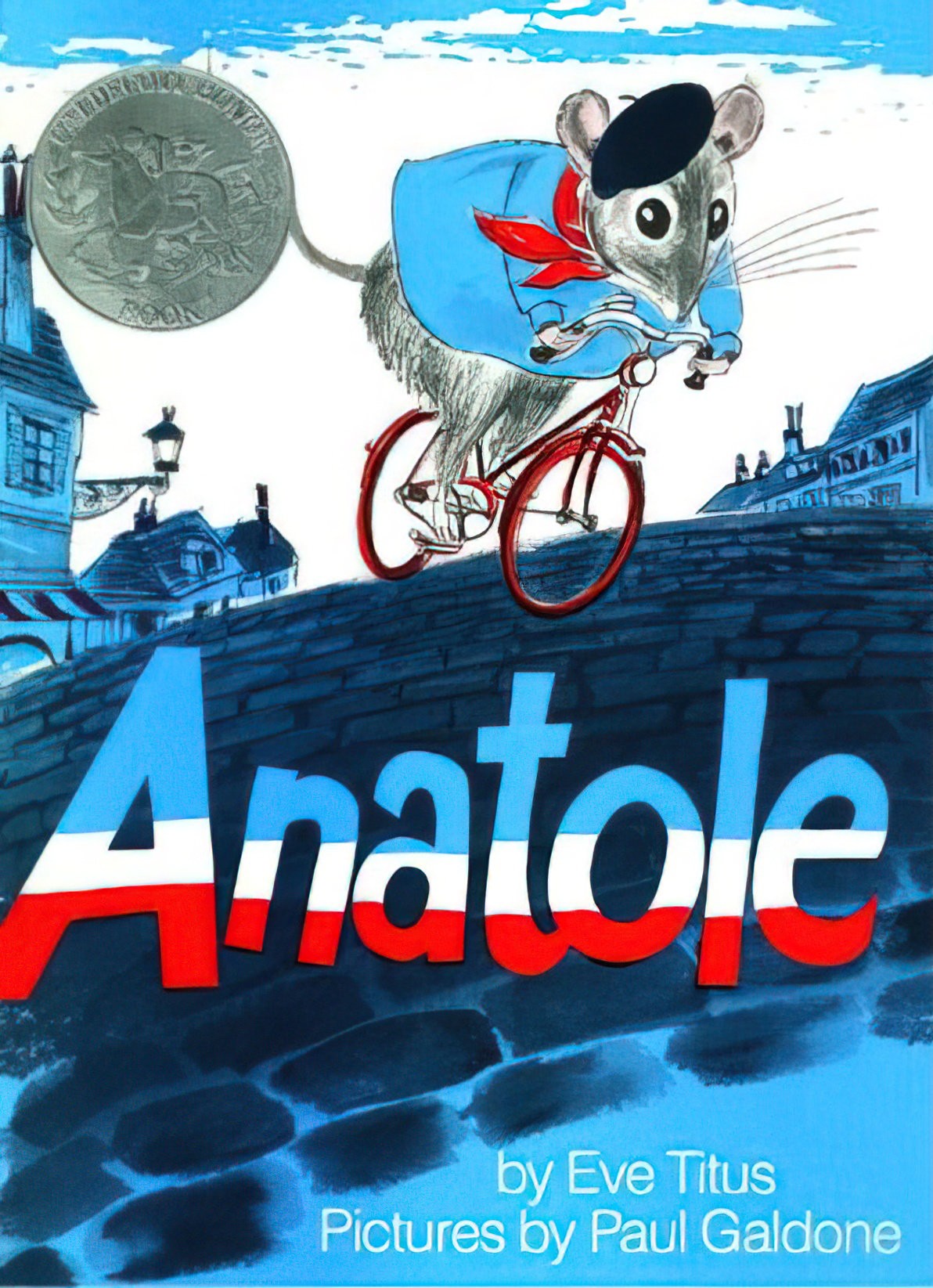
Anatole the mouse starred in a series of children’s stories by Eve Titus, illustrated by Paul Galdone in blue, red and white. The ten books were published 1956-1979. Today I’m taking a look at the picture book that opened the series. Anatole was named a Caldecott honour book.
